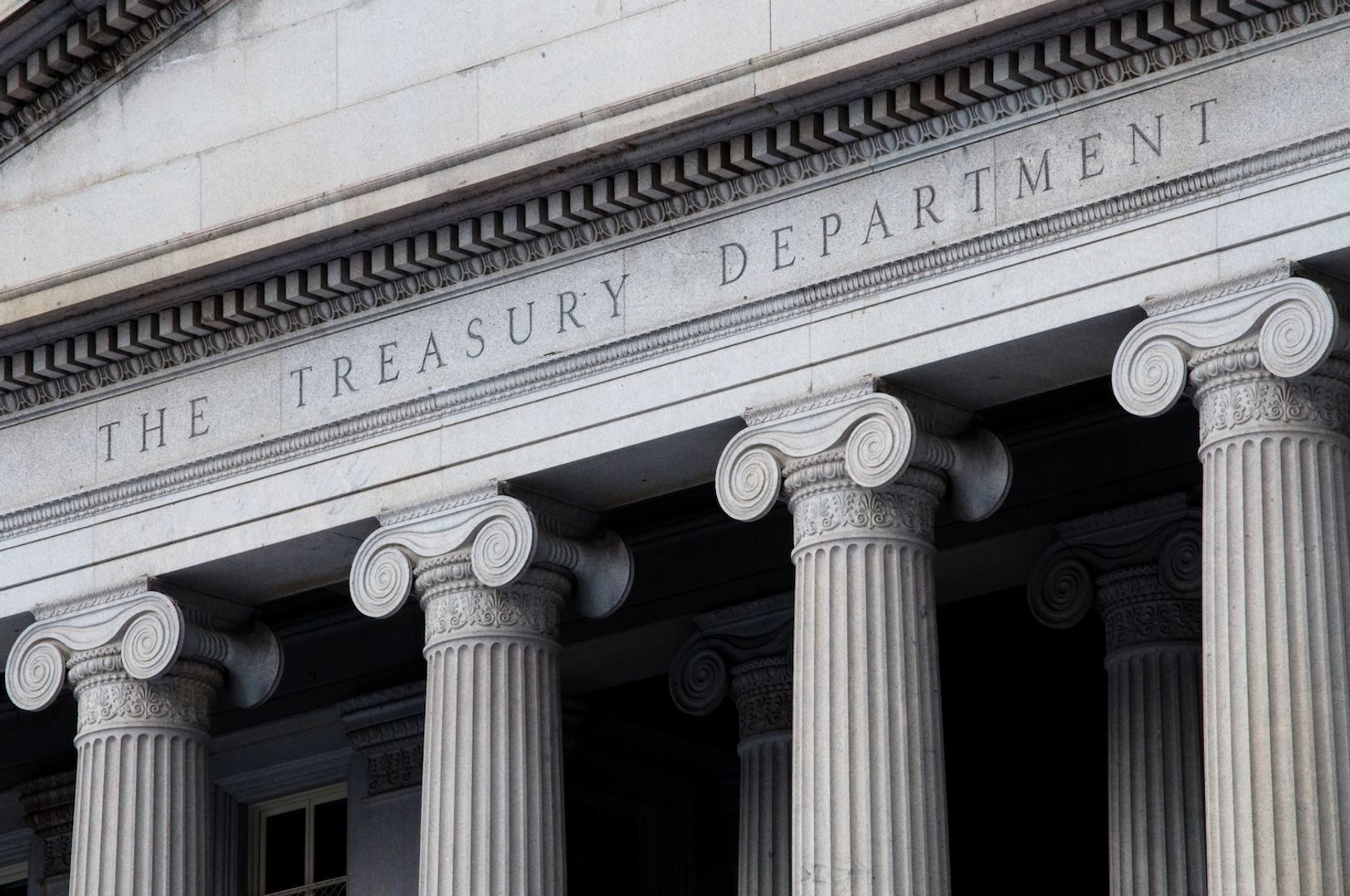-
Back to menu
Prices
-
Back to menu
-
Back to menu
Indices -
Back to menu
Research
-
Back to menu
Events -
Back to menu
Sponsored
-
Back to menu
Videos -
Back to menu
-
Back to menu
-
Back to menu
Webinars
Select Language
By Will Canny, AI Boost|Edited by Cheyenne Ligon
Aug 21, 2025, 2:05 p.m.

- Stablecoin demand for Treasuries could reach $25–$75 billion in the next year, but BofA says it won’t meaningfully shift T-bill dynamics, instead posing a bigger challenge to money market funds.
- The bank said money market funds (MMF) see limited time to adapt, with some clients exploring tokenization as a defensive move before stablecoins find ways to offer yield.
- BNY Mellon and Goldman Sachs have recently rolled out tokenized MMF shares, the report noted.
Bank of America’s (BAC) rates strategy team said the U.S. Treasury market is increasingly shaped by two emerging forces: stablecoin demand for T-bills and the tokenization of government debt-related assets.
BofA views stablecoins as less of a game-changer for Treasuries than for money market mutual funds (MMFs), where their higher-yield potential represents a competitive challenge, the Wall Street bank said in a report Monday.
STORY CONTINUES BELOW
The bank’s analysts expects stablecoin demand for Treasury bills to grow gradually, in the order of $25 billion to $75 billion over the next 12 months, but not enough to meaningfully shift bill market dynamics.
Stablecoins are cryptocurrencies whose value is tied to another asset, such as the U.S. dollar or gold. They play a major role in cryptocurrency markets, providing among other things a payment infrastructure, and are also used to transfer money internationally.
According to BofA, some MMF clients are showing increased interest in tokenization, viewing it as a defensive move against stablecoins.
The report noted that in July, BNY Mellon (BK), alongside Goldman Sachs (GS), rolled out blockchain-based technology to maintain records of ownership in select MMF shares.
The effort, spurred in part by stablecoin growth and the GENIUS Act, marked the first rollover of tokenized MMF shares.
With stablecoins currently restricted from paying yield, money market funds see a narrow window to tokenize and offer competitive rates before regulatory changes or workarounds erode that advantage, the report added.
Read more: Stablecoin Supply to Grow as Much as $75B Following Passage of GENIUS Act, BofA Says
Disclaimer: Parts of this article were generated with the assistance from AI tools and reviewed by our editorial team to ensure accuracy and adherence to our standards. For more information, see CoinDesk’s full AI Policy.
Will Canny is an experienced market reporter with a demonstrated history of working in the financial services industry. He’s now covering the crypto beat as a finance reporter at CoinDesk. He owns more than $1,000 of SOL.
“AI Boost” indicates a generative text tool, typically an AI chatbot, contributed to the article. In each and every case, the article was edited, fact-checked and published by a human. Read more about CoinDesk’s AI Policy.
More For You
By Will Canny, AI Boost|Edited by Sheldon Reback
1 hour ago

The bank said ether holdings in both exchange-traded funds and corporate treasuries could rise further.
What to know:
- Spot ether exchange-traded funds pulled in $5.4 billion in July, matching bitcoin ETFs and while bitcoin funds have since seen modest outflows, ether vehicles continue to draw capital, JPMorgan said.
- Anticipated SEC approval of staking for ether ETFs, corporate treasury purchases and regulatory clarity on liquid-staking tokens are driving demand, according to the report.
- The bank said SEC approval of in-kind redemptions for ether ETFs is expected to lower costs, boost liquidity and further strengthen ether’s positioning versus bitcoin.















